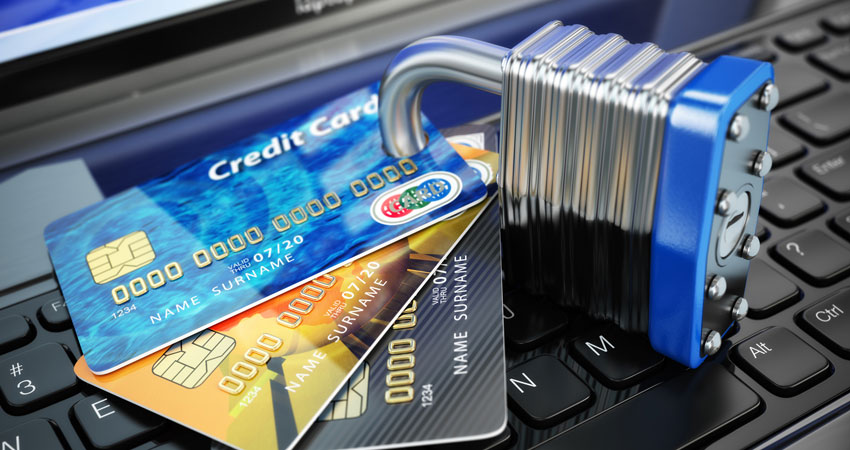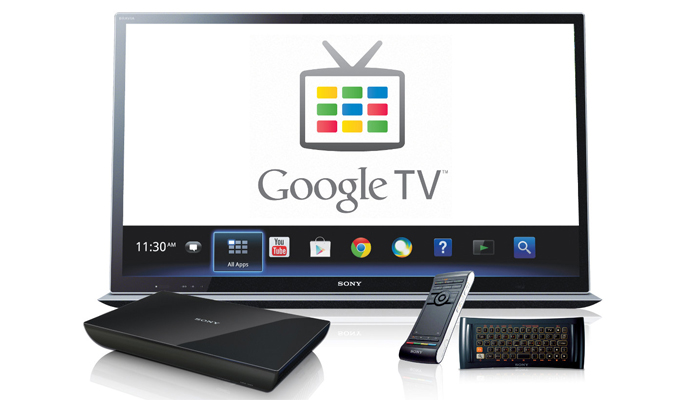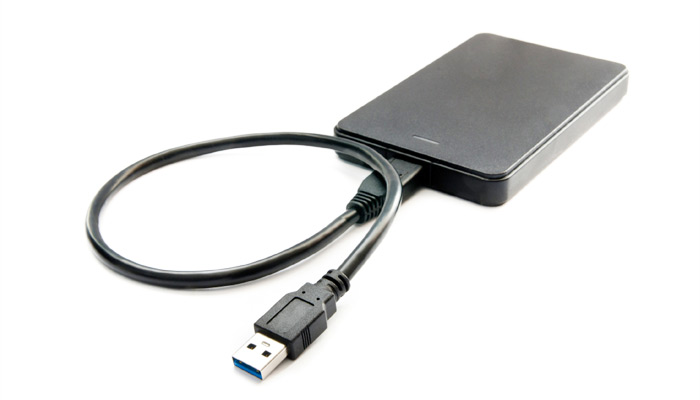
A Behind-The-Scenes Look Into Identity Theft
Summary: Identity theft has become a real concern in today’s tech-friendly society.
Rather than holding up a bank, criminals have learned that it is easier, less risky, and more rewarding to steal money through identity theft. As an avid Internet user, it’s important that you understand the dangers of having your personal information available for all to see.
First off, what exactly is identity theft. Well to be frank, it’s the stealing of personal information that allows another individual to take on your identity. The more personal information the thief steals from you, the more susceptible you become to theft.
Email Phishing
Criminals like to utilize the email platform to begin their heist. With your email address in hand, a criminal will be able to send you a phishing email to try and lure you to a site where you enter personal information like your name, bank account, and credit card details. As you should already know, be wary of these sites. Or, you could simply ignore the email.
A global solutions company can provide ideal turnkey solutions for your company for maximum efficiency.
Malware
Additionally, criminals can do further damage by visiting their social media profile. If the thief has infiltrated your PC with malware, he can have access to personal information like login usernames, passwords, credit cards, and other stored data that you have on your PC – and it’s highly unlikely your computer is secure as a mission critical video wall would be. As stated before, the more information that is available to the thief, the more successful he’ll be when impersonating you online.
Cyber Criminals Work Together
To gather as much information as possible from you, cyber thieves often trade personal information with each other to complete a picture of the victim. The more complete the picture is, the more valuable the target becomes. And, once all the pieces of personal information are put together, he can do essentially anything he wants.





